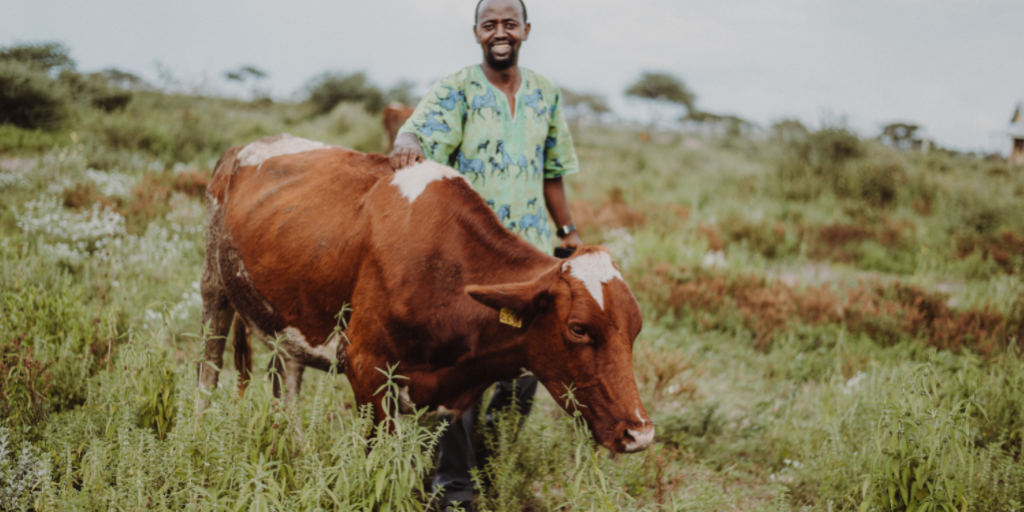You’ve likely heard us say one of our favorite phrases: “together, change is possible.” But how do communities change for the better? And how do we get there together?
Loom is convinced that God created every person with the power to bring change within the context of relationships. As humans we were born with dignity–and within that dignity is the power to bring change. But the work of breaking harmful cycles and building a safe, thriving community cannot be done alone. To accomplish it we need to stand together.
Loom’s model of change is based in both community and family well-being. We believe sustainable, thriving communities are made up of many interconnected threads, from education, to job creation, to clean energy and healthy environments. With this in mind, we’ve designed a new diagram to better visualize the holistic connection between each community asset.

Just as we emphasize in the Circles of Protection, the assets a community needs are determined first by what a family requires to protect and nurture their children and develop their own thriving and sustainable household. Rather than hoping for positive trickle-down effects, true, lasting change must always begin with the consideration of the most vulnerable community members. When families are built around the best interests of the child, and communities are built around the best interest of families, these same families in turn contribute to the greater flourishing of everyone.
Loom has identified seven essential Community Assets:
- Education: accessible for every age and community sector
- Energy: that supports life, wellness, learning, safety, and health, including non-toxic energy solutions and access to technology
- Housing: secure, safe, healthy, and locally appropriate for the community
- Healthcare: mental, emotional, and physical
- Enterprise: employment and business opportunities to secure education, food, housing, transportation and other necessities/rights
- Agriculture: food production and the equitable land access
- Water – Access to and stewardship of clean water

In addition, three additional elements can be assets or liabilities for the success of communities:
- Faith: beliefs about the character and nature of God, humanity, and the world around us
- Culture: the social behavior and norms found in human societies, as well as the knowledge, beliefs, arts, laws, customs, capabilities, and habits of the individuals in these groups.
- Environment: the natural world and local context in which a community is situated.
Sustainable change grows best from local, grassroots solutions that maximize the strengths, vision and creativity found in each community. Ultimately, the local community should always be in the position of power to design and establish their own sustainable future.
If we only invest in children – we remain dependent on outside aid.
If we only invest in jobs – we can lose a generation as growing an economy will take time.
If we don’t address water, food and healthcare issues – we see stunted children whose brains cannot recover enough to play the productive role God intended for them.
A holistic solution is needed for communities to thrive for generations to come.








